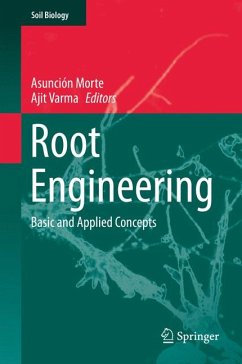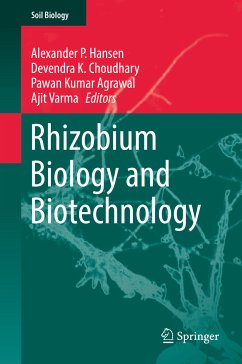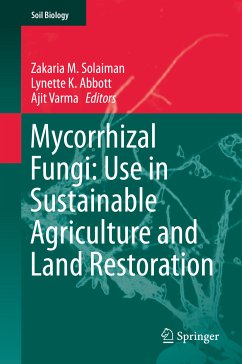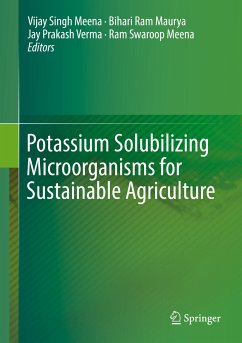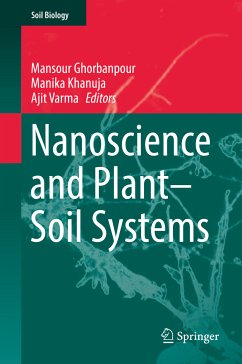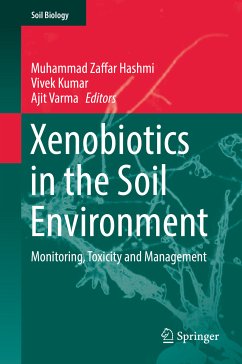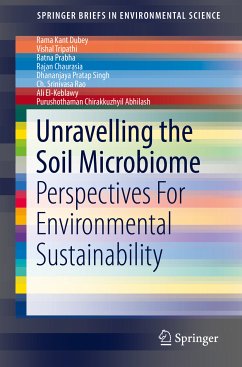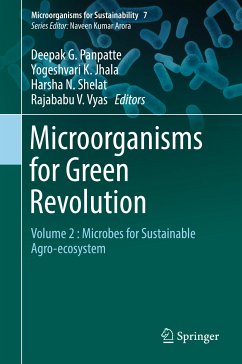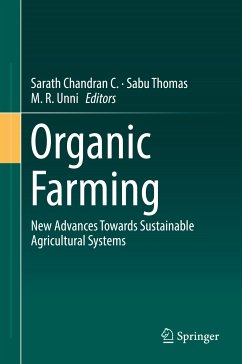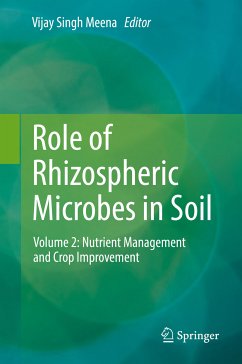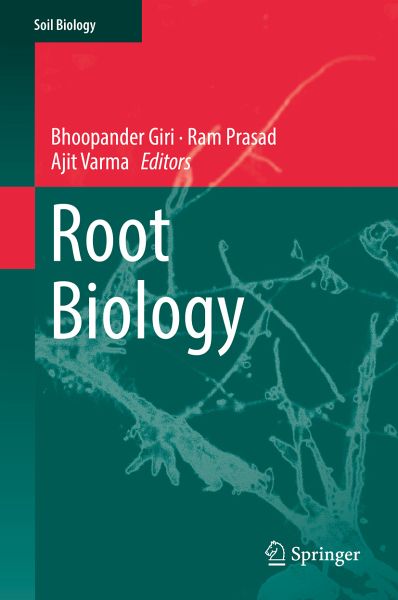
Root Biology (eBook, PDF)
Versandkostenfrei!
Sofort per Download lieferbar
191,95 €
inkl. MwSt.
Weitere Ausgaben:

PAYBACK Punkte
96 °P sammeln!
The book 'Root Biology' written by experts in the field, covers latest research on cellular, genetic, physiological and ecological developmental facets of root growth as well as the interaction of root with an array of microbes whether for the establishment of symbiosis, increasing plant growth or protecting plant from pathogens/attackers. Plant roots provide an excellent model to study physiological, developmental and metabolic processes at a system level. Root system architecture - an excellent creation of nature, is closely interconnected with the availability of soil nutrients. Several st...
The book 'Root Biology' written by experts in the field, covers latest research on cellular, genetic, physiological and ecological developmental facets of root growth as well as the interaction of root with an array of microbes whether for the establishment of symbiosis, increasing plant growth or protecting plant from pathogens/attackers.
Plant roots provide an excellent model to study physiological, developmental and metabolic processes at a system level. Root system architecture - an excellent creation of nature, is closely interconnected with the availability of soil nutrients. Several strategies including biotechnological interventions are gaining interest and importance for sustainable food production and enhanced resource acquisition. Such strategies have largely focused on root traits for efficient utilization of soil resources. The biotechnological application of root biology is expected to promote the production of food while maintaining ecologically
and economically sustainable production systems. With a fortune of information on technical and experimental aspects useful in the laboratory, this extensive book is a valuable resource for researchers, academician and students in the broad field of microbiology, plant and fungal biology.
Dieser Download kann aus rechtlichen Gründen nur mit Rechnungsadresse in A, B, BG, CY, CZ, D, DK, EW, E, FIN, F, GR, HR, H, IRL, I, LT, L, LR, M, NL, PL, P, R, S, SLO, SK ausgeliefert werden.



